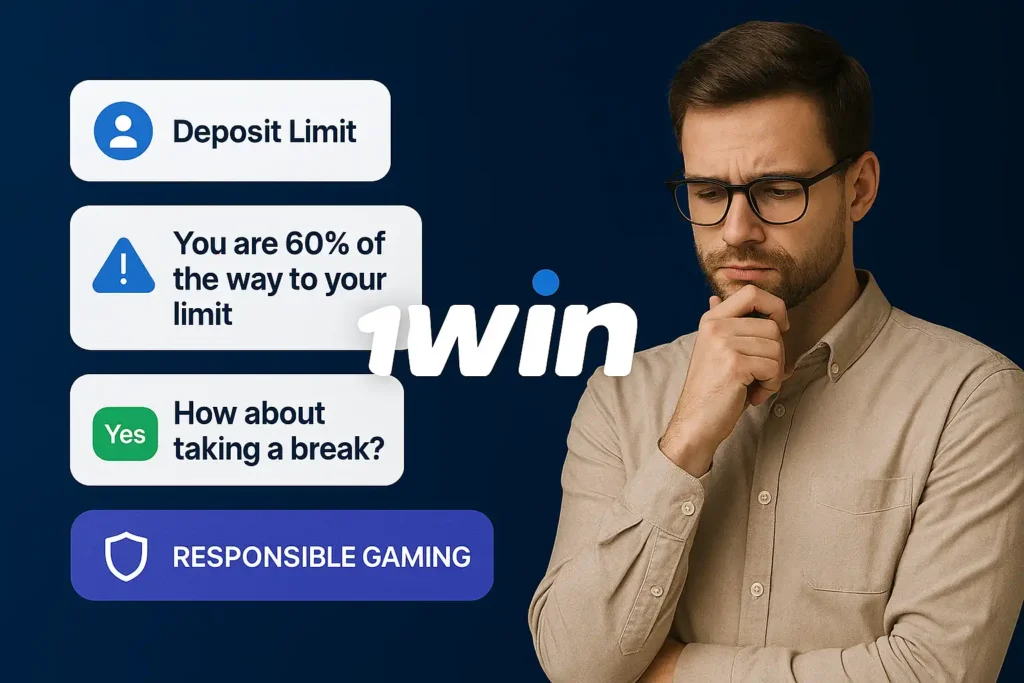
Online gaming operators are shifting from passive responsible gaming tools to proactive user experience (UX) interventions. These “micro-nudges,” integrated into the platform interface, are designed to help players manage their spending in real-time, representing a more sophisticated approach to player protection.
What Are UX Micro-Nudges in Gaming?
UX micro-nudges are small, subtle design features intended to influence a user’s decisions toward healthier gaming habits. Unlike traditional, often disruptive responsible gaming tools like self-exclusion forms or mandatory stop-gaps, nudges work by providing timely information or introducing minor friction at key decision points. They are grounded in behavioral science, which shows that gentle prompts are often more effective at changing behavior than overt restrictions.
The goal is not to prohibit play but to encourage mindfulness and self-awareness. For example, instead of simply having a deposit limit setting buried in an account menu, a nudge might trigger a small pop-up during the deposit process itself. These interventions are context-aware, appearing when they are most relevant to a player’s immediate actions. By making information more salient and encouraging a moment of reflection, nudges empower users to stay in control of their time and money without feeling constrained.
Key Micro-Nudges That Reduce Overspending
Several UX nudges have proven effective in promoting safer gaming environments. Each one targets a different psychological trigger associated with overspending.
- Dynamic Messaging on Deposits: When a player attempts to deposit an amount that is significantly higher than their average, the system can display a message like, “This is more than you usually deposit. Are you sure you wish to continue?” This simple question breaks impulsive behavior and forces a moment of conscious thought.
- Session Time Reality Checks: A persistent but unobtrusive clock visible on the screen helps players track time spent. This can be complemented by periodic pop-ups, for instance every 60 minutes, that state the duration of play and require an active click to dismiss. This interrupts the state of deep immersion where time perception can become distorted.
- “Cool-Off” Friction After Losses: To combat the behavior known as “chasing losses,” platforms can introduce a brief, deliberate delay after a certain number of consecutive losses. A five-second timer or an extra confirmation step before the next bet can be placed provides a critical window for a player to pause and reassess their strategy.
- Clear Profit & Loss Visualization: Many players lose track of their net position over time. A simple, easily accessible dashboard with a graph showing net winnings or losses for the day, week, or month (in local currency) presents the financial reality of their activity. This data-driven transparency is a powerful tool for self-regulation.
Why This Approach Is Gaining Traction in Latin America
The adoption of UX-driven responsible gaming is growing across Latin America for regulatory, commercial, and cultural reasons. Across the region, evolving regulatory frameworks increasingly require operators to have responsible gaming measures in place. While current regulations may not specify UX design, platforms are proactively implementing these features to demonstrate a commitment to player safety and build long-term trust with users. Forward-thinking platforms available in Latin America, such as 1win, are beginning to incorporate subtle UX cues to align with global best practices for player protection.
This user-centric approach also makes strong business sense. Operators are recognizing that a sustainable business model relies on a healthy, long-term player base, not on a few high-spending individuals who are at risk of developing problems and ultimately leaving the platform. Micro-nudges help reduce player churn by preventing negative experiences associated with overspending. From a player perspective, these supportive interventions are often received more positively than restrictive rules, as they respect user autonomy while still providing helpful guardrails.
Best Practices for Implementing Nudges
For micro-nudges to be effective, their implementation must be carefully considered. The most successful strategies are personalized to individual user behavior. A nudge that is relevant to a high-frequency player might be an annoyance to a casual user. Therefore, platforms should use player data to tailor the timing and content of their interventions.
Transparency is also crucial. Players should be able to understand why they are seeing a particular message. A small, clickable icon that explains the purpose of the nudge can increase its acceptance and effectiveness. The design must be non-intrusive; the goal is to guide, not obstruct the user experience for players gambling responsibly. Finally, operators should engage in continuous A/B testing and analysis to determine which nudges work best for their specific audience, refining their approach based on real-world data about player behavior and feedback.
The Future of Responsible Gaming UX
The evolution of responsible gaming is moving toward even more sophisticated and data-driven solutions. The next generation of tools will likely be powered by artificial intelligence (AI) and machine learning. These systems can analyze real-time gameplay patterns to detect subtle markers of high-risk behavior far earlier than traditional methods. When potential harm is detected, the system could trigger a personalized series of nudges with increasing intensity. Further innovations may include integrations with financial planning apps to help users see their gaming spend within the context of their overall budget. This represents a fundamental shift from a compliance-driven checklist to a proactive, user-centric model focused on holistic well-being.
UX micro-nudges are at the forefront of this change. They transform responsible gaming from a set of static rules into a dynamic, interactive conversation between the platform and the player. By empowering users with timely information and gentle friction, this approach fosters a safer and more sustainable gaming environment for everyone.












